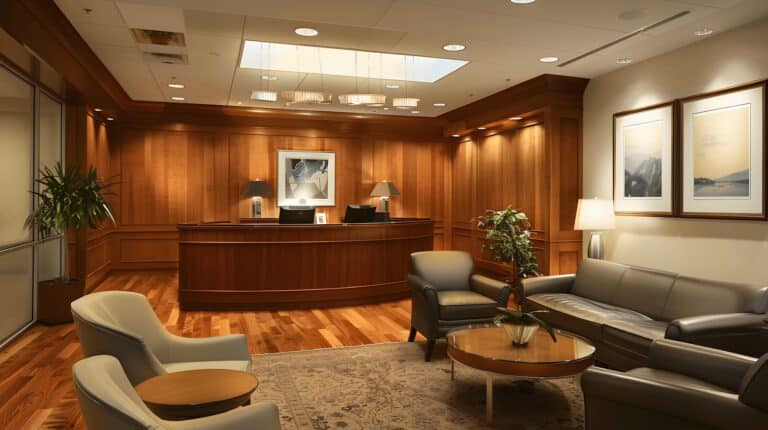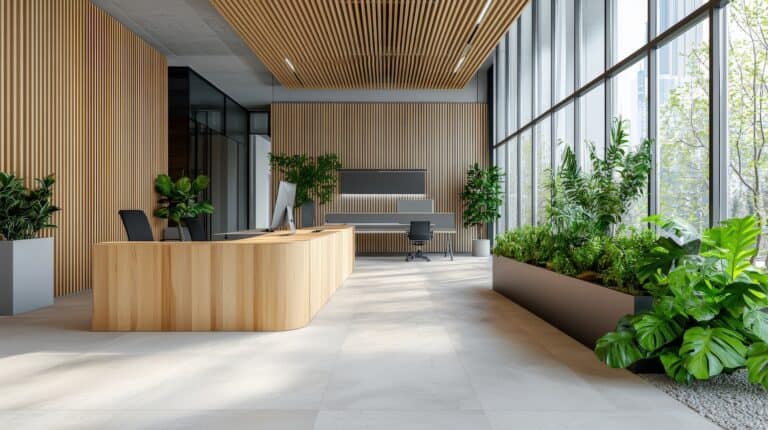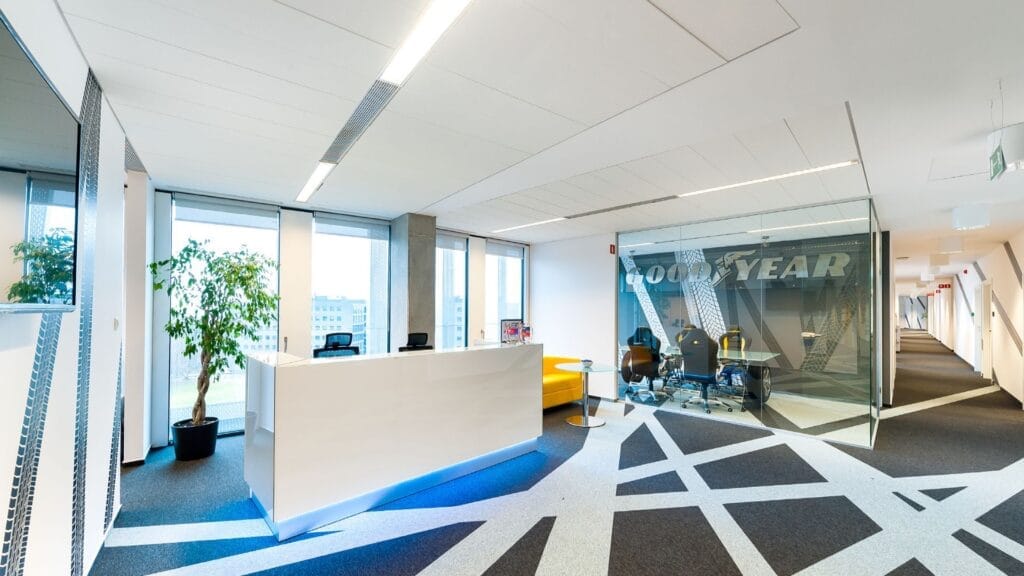Introduction
Ever felt like your warehouse is bursting at the seams, and you’re desperately trying to figure out where to put that next pallet or box? You’re not alone. The good news is that there’s a solution that doesn’t involve moving to a bigger building or renting additional space. Enter mezzanine floors.
In this complete guide, we’ll dive into what mezzanine floors are, why they’re a game-changer for modern warehouses, and how you can make the most out of your existing space. Ready to take your warehouse to the next level? Let’s get started.
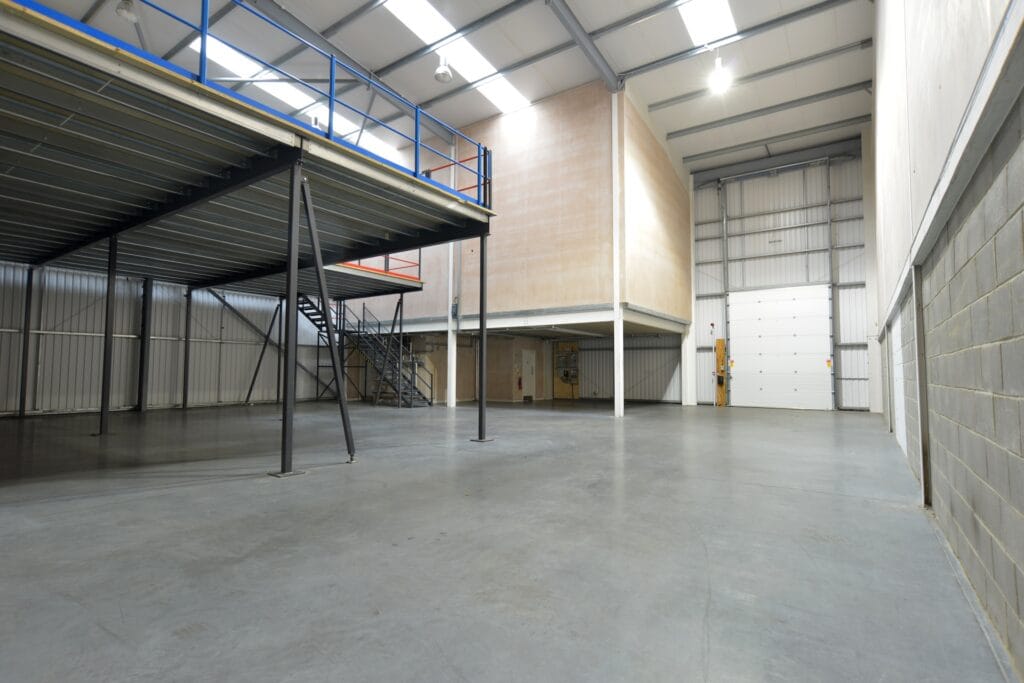
Understanding Mezzanine Floors
What is a Mezzanine Floor?
So, what exactly is a mezzanine floor? Simply put, a mezzanine floor is an intermediate floor between the main floors of a building, typically not counted among the overall floors. It’s like giving your warehouse a loft, adding a new level of usable space without expanding your building’s footprint.
Materials Used
Mezzanine floors are commonly constructed from materials like steel, wood, and concrete, depending on the required load-bearing capacity and intended use.
Benefits of Installing a Mezzanine Floor
Space Optimisation
One of the biggest advantages of mezzanine floors is space optimisation. Instead of looking for a larger warehouse, you can utilise the vertical space you already have. This means more room for storage, operations, or even office space without the headache of relocation.
Increased Storage Capacity
Imagine doubling or even tripling your storage capacity. With mezzanine floors, you can create additional levels of storage that help you keep everything organised and accessible. This is particularly useful for warehouses with high ceilings that otherwise go unused.
Cost-Effectiveness
Expanding your warehouse horizontally can be incredibly costly and disruptive. Mezzanine floors offer a much more cost-effective solution. They’re less expensive to install than a new building or extension, and you get more bang for your buck by maximising existing space.
Flexibility and Adaptability
Mezzanine floors are incredibly flexible. They can be customised to fit your specific needs, whether you need more storage, office space, or production areas. Plus, they’re adaptable; as your business grows and changes, your mezzanine can too.
Enhanced Operational Efficiency
With everything more organised and accessible, operational efficiency can skyrocket. Less time is spent searching for items or navigating crowded spaces, meaning your team can work more effectively.
Applications of Mezzanine Floors in Warehouses
Storage
The most common use of mezzanine floors is for additional storage. Whether you’re storing products, raw materials, or equipment, mezzanines help keep your warehouse tidy and efficient.
Office Space
Need some office space but don’t want to sacrifice valuable ground-floor real estate? Mezzanine floors can be the perfect solution, providing a quiet, elevated area for office work without taking up storage space.
Production Areas
For warehouses involved in manufacturing or assembly, mezzanine floors can provide additional production space. This can help streamline operations and keep different stages of production separated and organised.
Retail Space
If your warehouse includes a retail component, mezzanine floors can be used to create additional display areas or even separate retail and storage spaces efficiently.
Key Considerations Before Installing a Mezzanine Floor
Load-Bearing Capacity
Before you start planning your mezzanine, it’s crucial to understand the load-bearing capacity required. This involves assessing the weight of the items to be stored or the equipment to be used on the mezzanine.
Local Building Codes and Regulations
Compliance with local building codes and regulations is non-negotiable. Make sure to consult with experts to ensure your mezzanine floor meets all legal requirements, including safety standards.
Design and Layout
The design and layout of your mezzanine floor should optimise space and functionality. Consider factors like access points, stairs, and the flow of movement within your warehouse.
Safety Measures
Safety is paramount. Your mezzanine floor should include safety features such as guardrails, non-slip surfaces, and clearly marked exits. Fire safety measures, including sprinklers and fire exits, should also be incorporated.
The Installation Process
Initial Consultation
The first step in installing a mezzanine floor is a thorough consultation with a reputable supplier. They’ll help you understand the possibilities and limitations based on your specific warehouse setup.
Site Survey
A detailed site survey follows the consultation. This involves evaluating your current space, understanding your needs, and identifying any potential challenges.
Design Phase
Next comes the design phase, where you’ll work with the supplier to create a customised plan for your mezzanine floor. This plan should maximise efficiency and meet all regulatory requirements.
Fabrication and Installation
Once the design is finalised, the mezzanine floor is fabricated and installed. This process is typically quick and can often be completed with minimal disruption to your warehouse operations.
Post-Installation Inspection
After installation, a thorough inspection ensures the mezzanine floor meets all safety and operational standards. This is a crucial step to ensure the longevity and reliability of your new space.
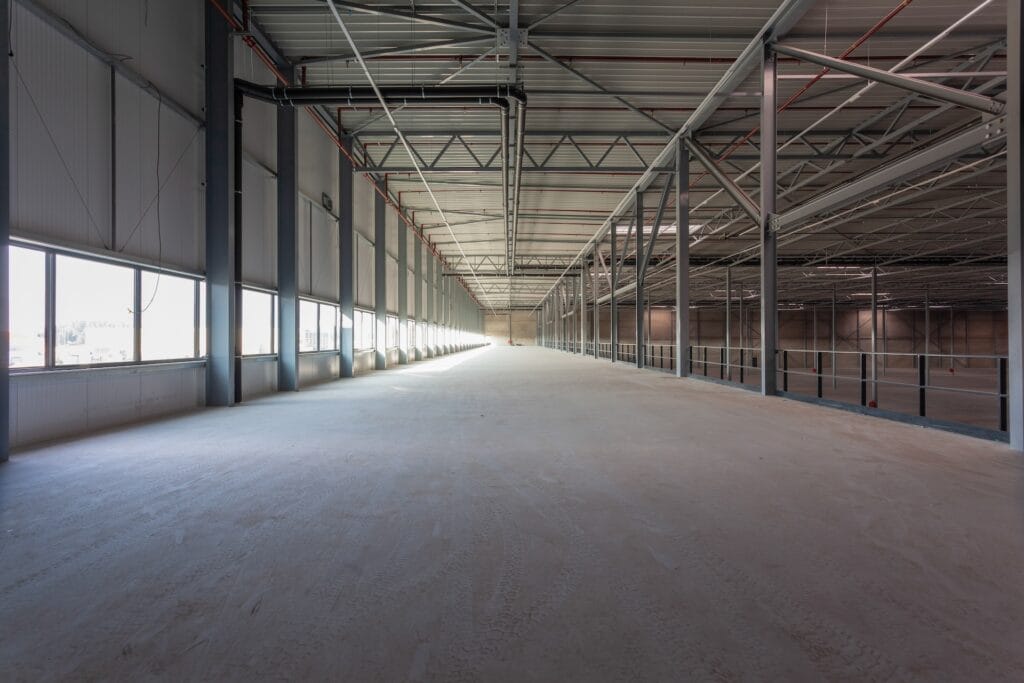
Case Studies
Berry Bros. & Rudd
Berry Bros. & Rudd, a renowned wine and spirits merchant, faced challenges with their storage capacity due to the growing inventory. By installing a bespoke mezzanine floor, they effectively doubled their storage space. This additional capacity allowed them to better organise their stock, improve inventory management, and streamline operations without relocating. Read more here.
Lymington Precision Engineers
Lymington Precision Engineers required more production space to meet increasing demand. By adding a mezzanine floor, they created an additional level dedicated to assembly and production tasks. This separation of production areas improved workflow, reduced production time, and increased overall output, enabling them to meet their clients’ needs more effectively. Read more here.
These examples highlight the versatility and effectiveness of mezzanine floors in addressing diverse warehouse needs. From enhancing storage capacity to creating additional office or production space, mezzanine floors offer practical solutions that drive operational efficiency and support business growth.
Conclusion
To wrap things up, mezzanine floors are a fantastic solution for any modern warehouse looking to maximise space, improve efficiency, and save money. Whether you need more storage, office space, or production areas, mezzanines offer a flexible and cost-effective option.
So, if your warehouse feels cramped or you’re planning for future growth, consider investing in a mezzanine floor. It’s a strategic move that can give your warehouse the space and efficiency it needs to thrive.
Ready to transform your warehouse? Contact us today for a consultation and see how mezzanine floors can take your operations to the next level.


